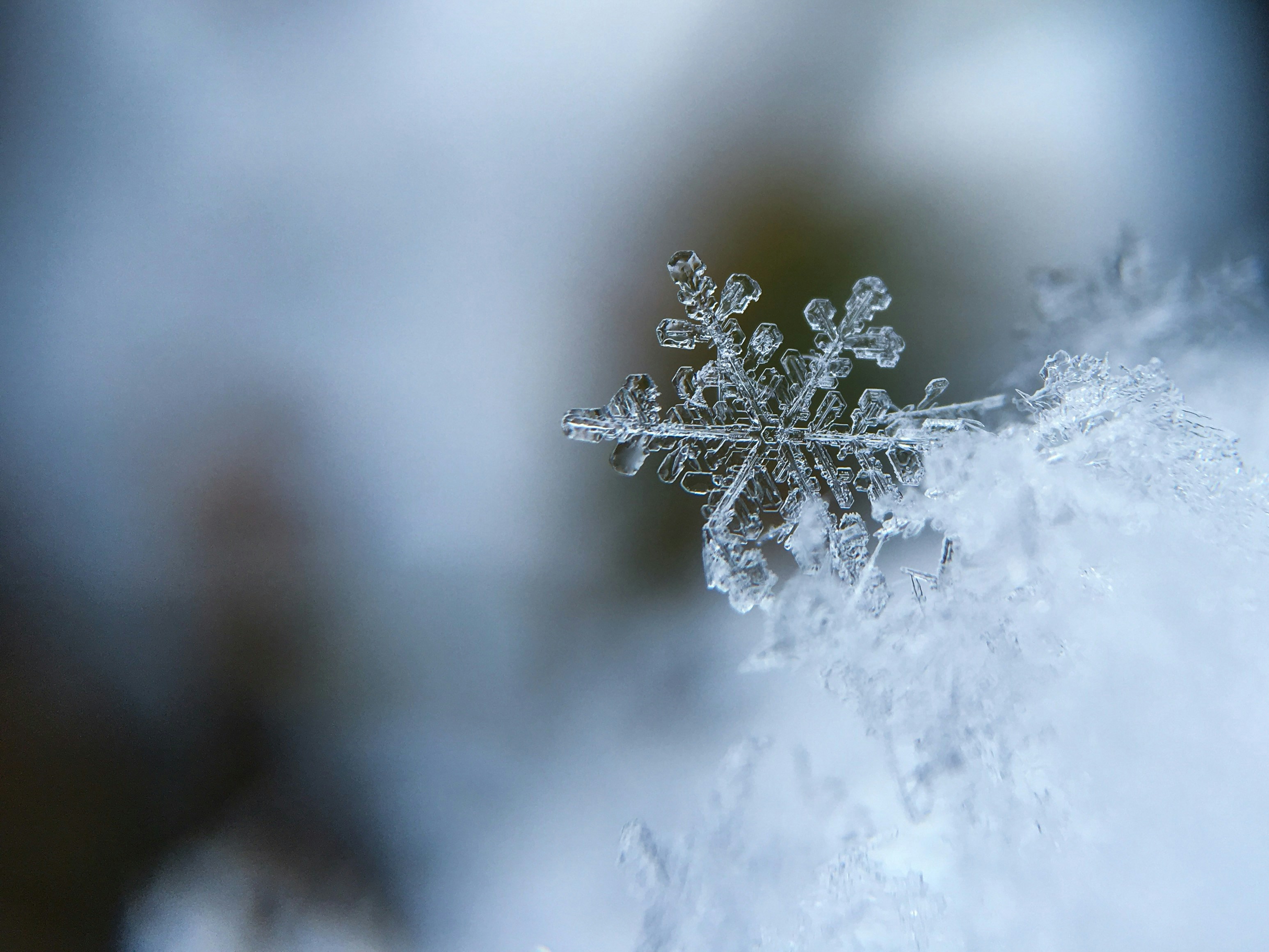The Hidden World of Macro Photography
Category:
ARTICLE
April 28, 2024
Macro photography unveils a hidden world of intricate details that are often invisible to the naked eye. From the delicate patterns on a butterfly’s wings to the tiny water droplets on a flower petal, macro photography brings these small wonders to life. This genre requires precision, patience, and an understanding of specialized techniques to capture stunning close-ups.
One of the defining characteristics of macro photography is the magnification ratio. A true macro lens provides a 1:1 magnification, meaning the subject appears life-sized on the camera sensor. However, even without a dedicated macro lens, photographers can achieve similar results using accessories like extension tubes, close-up filters, or reversing rings, which allow a standard lens to focus on tiny subjects.
Lighting is crucial in macro photography since small subjects often require extra illumination to bring out their details. A ring light or an off-camera flash can provide even lighting without harsh shadows. Natural light can also be used, but careful positioning is needed to avoid unwanted reflections and overexposed areas. A simple diffuser can help soften the light, ensuring a more balanced exposure.

One of the biggest challenges in macro photography is achieving sharp focus. Since close-up shots have an extremely shallow depth of field, even the slightest movement can cause parts of the subject to go out of focus. Using a tripod and a remote shutter release can help minimize camera shake. Many macro photographers also use focus stacking—a technique where multiple images are taken at different focus points and then combined in post-processing to achieve complete sharpness across the subject.
Composition plays a significant role in macro photography. The rule of thirds, leading lines, and negative space can all be used to create visually engaging images. Backgrounds should be simple and uncluttered to avoid distractions. A blurred background (bokeh) achieved with a wide aperture (f/2.8 to f/5.6) can make the subject stand out beautifully.

Macro photography opens up endless creative possibilities. From capturing textures on everyday objects to exploring the hidden beauty of insects and plants, this genre encourages photographers to see the world from a new perspective. With patience and practice, anyone can master the art of macro photography and uncover the beauty of the miniature world around them.



